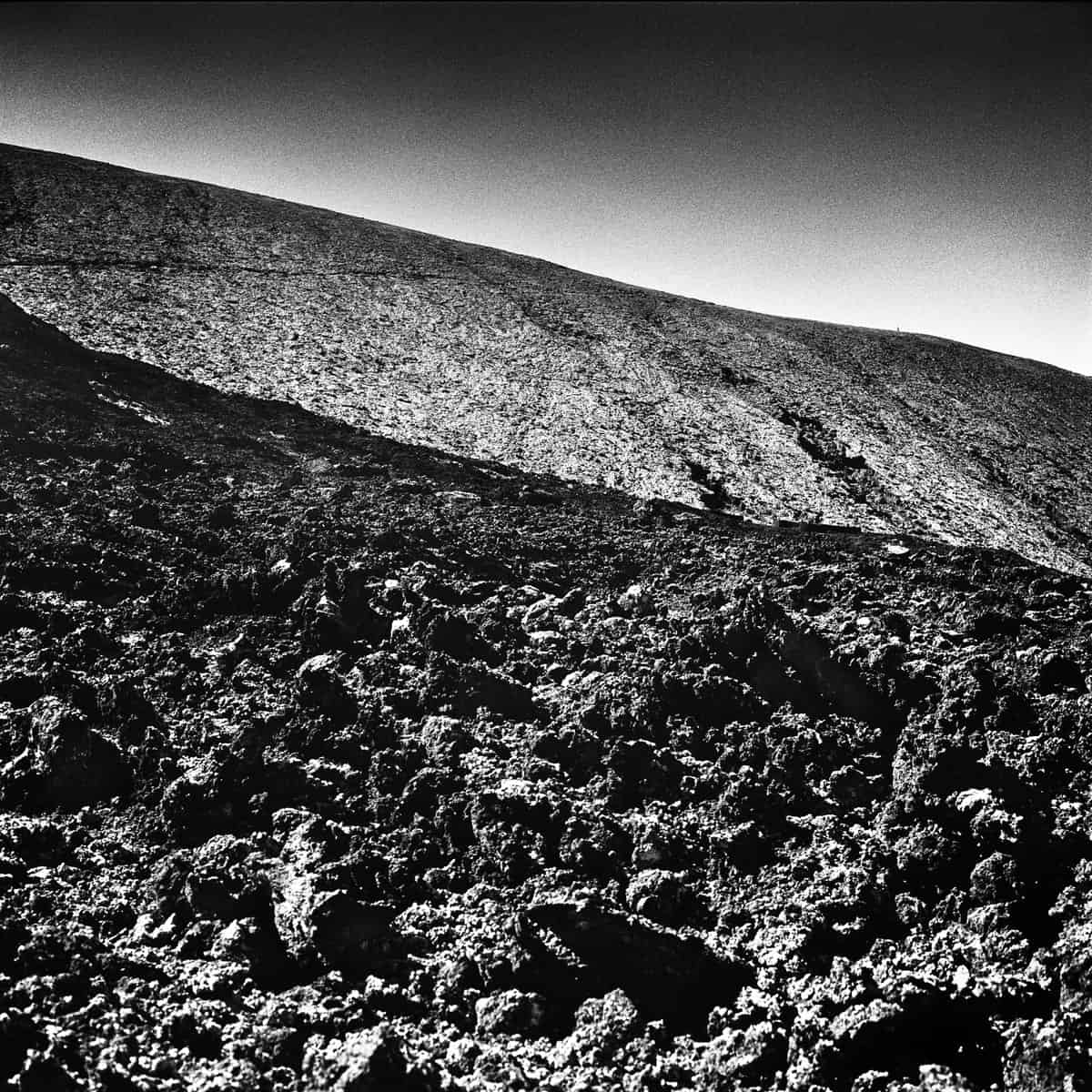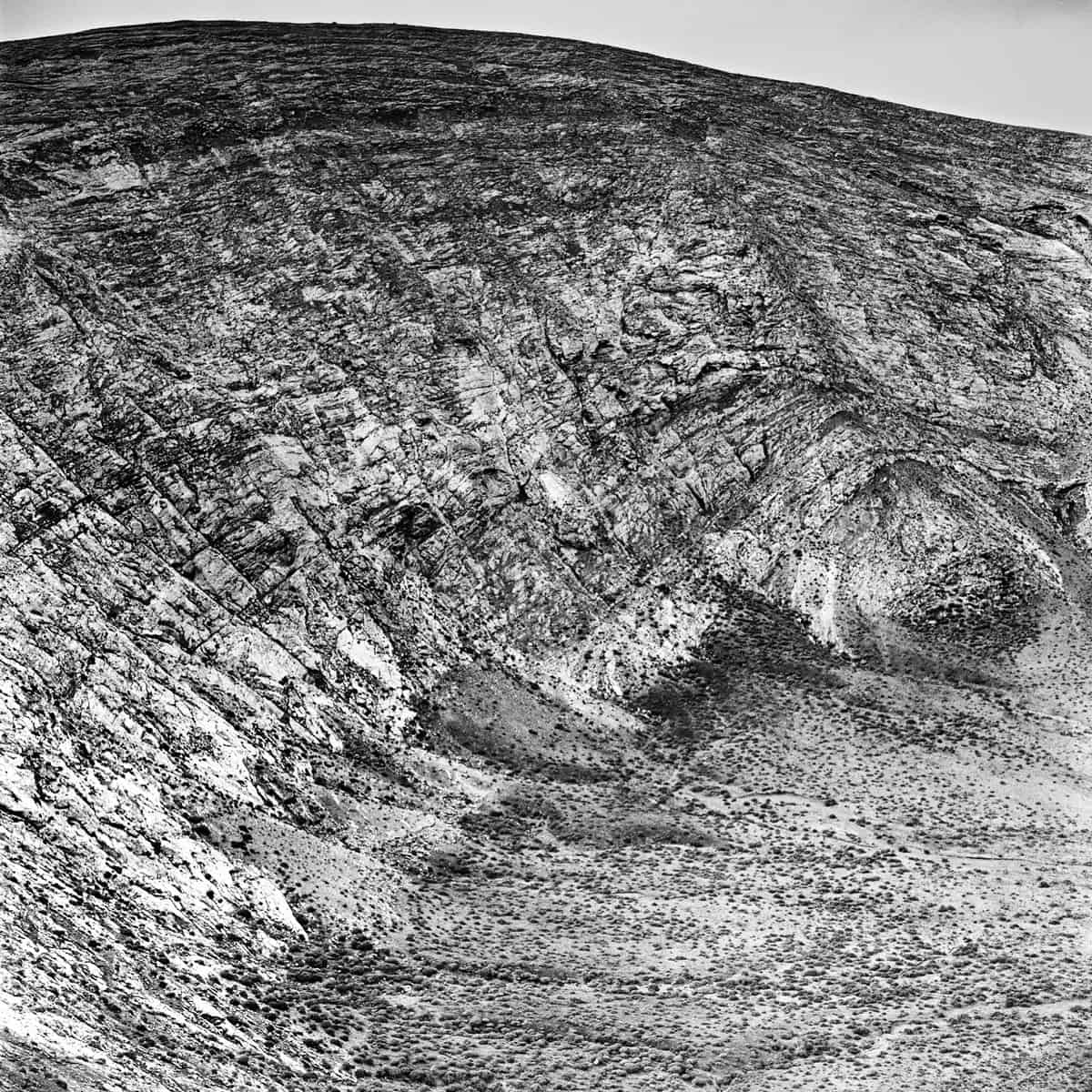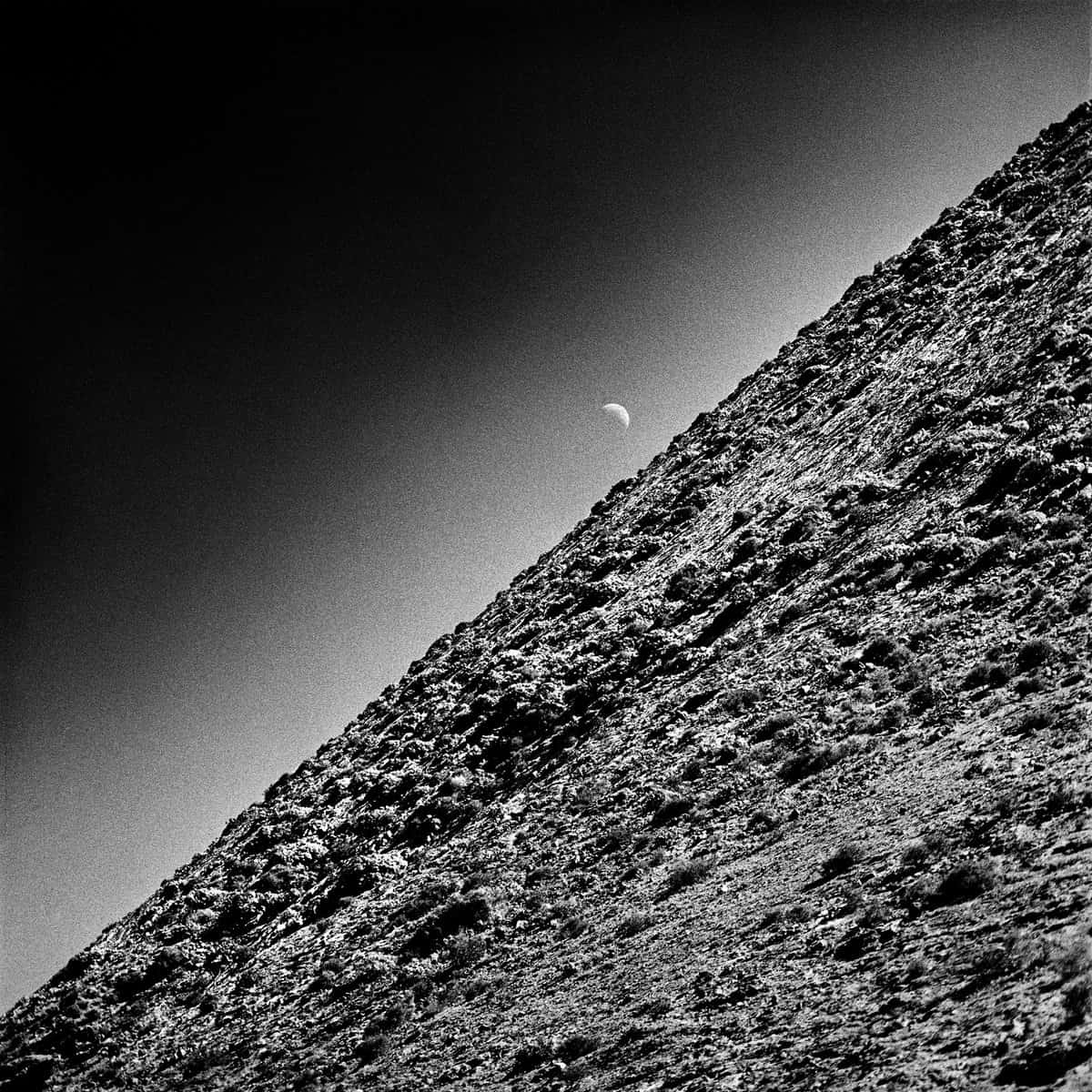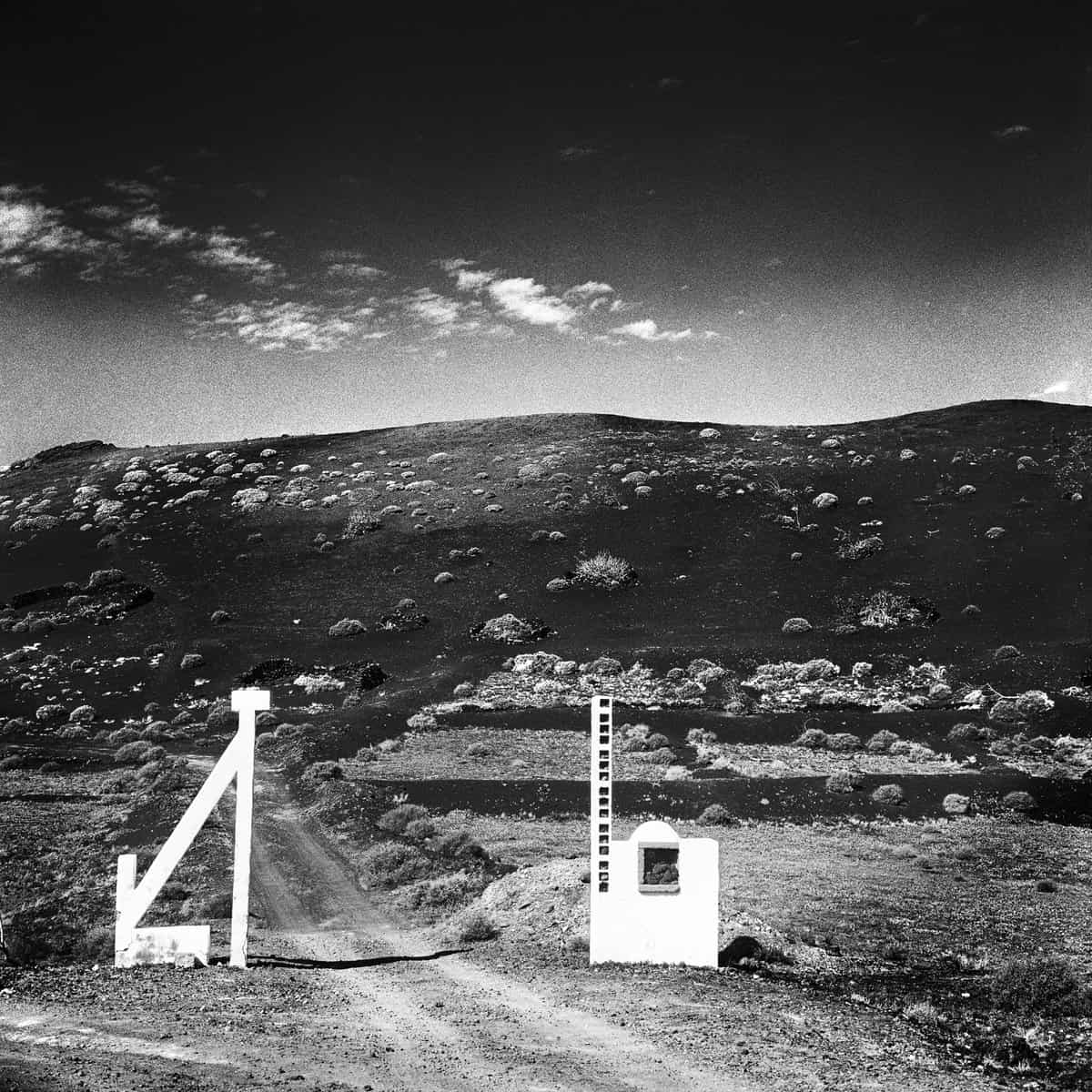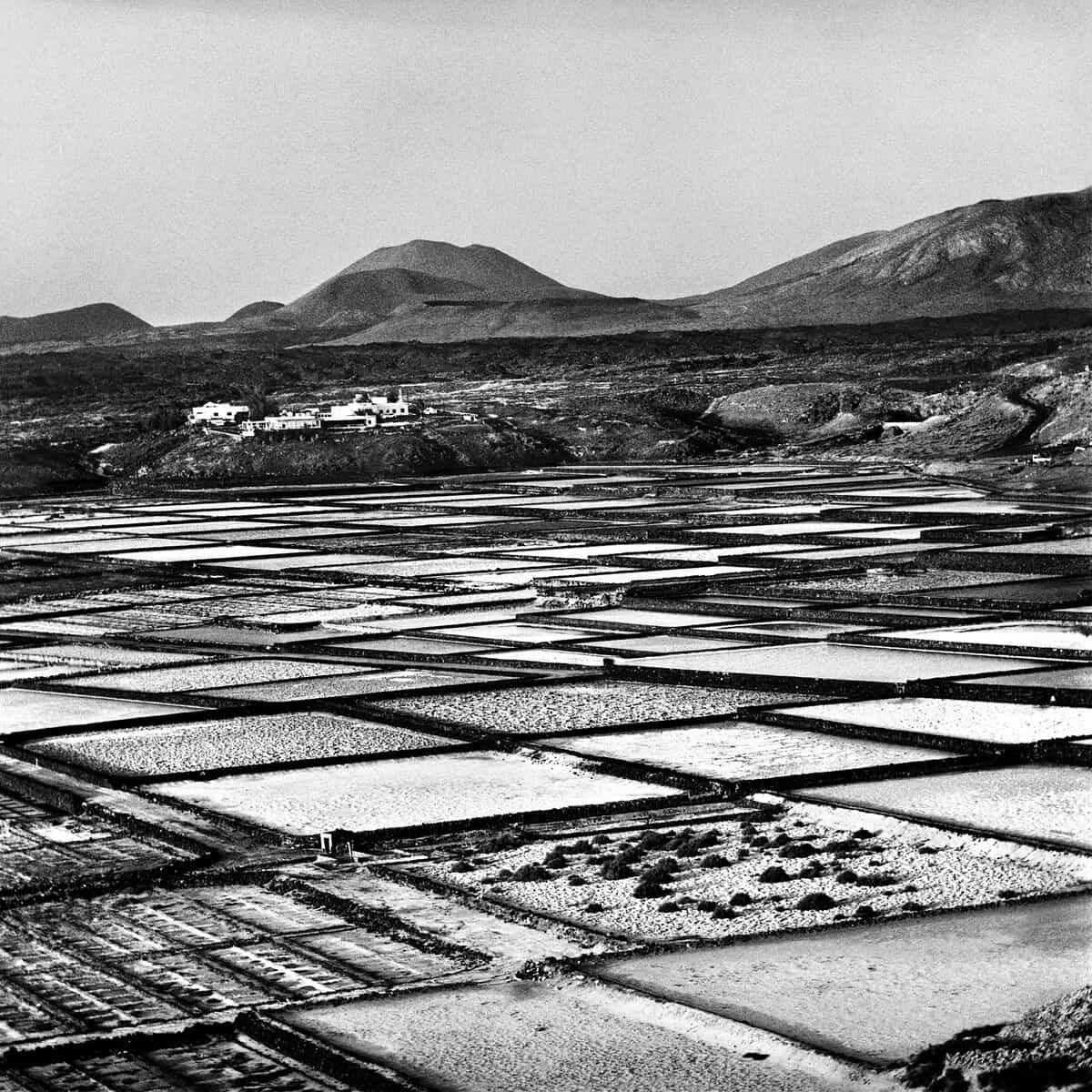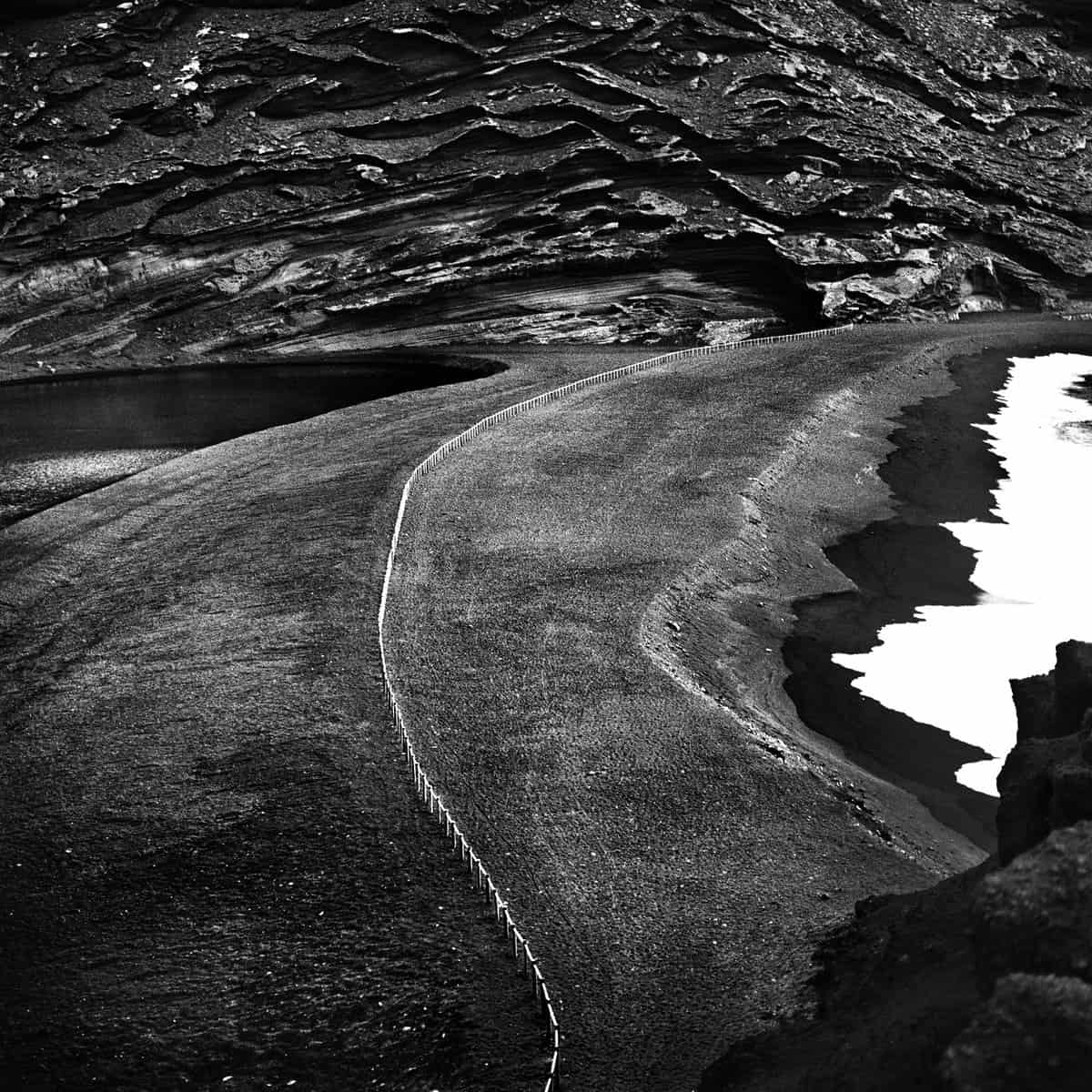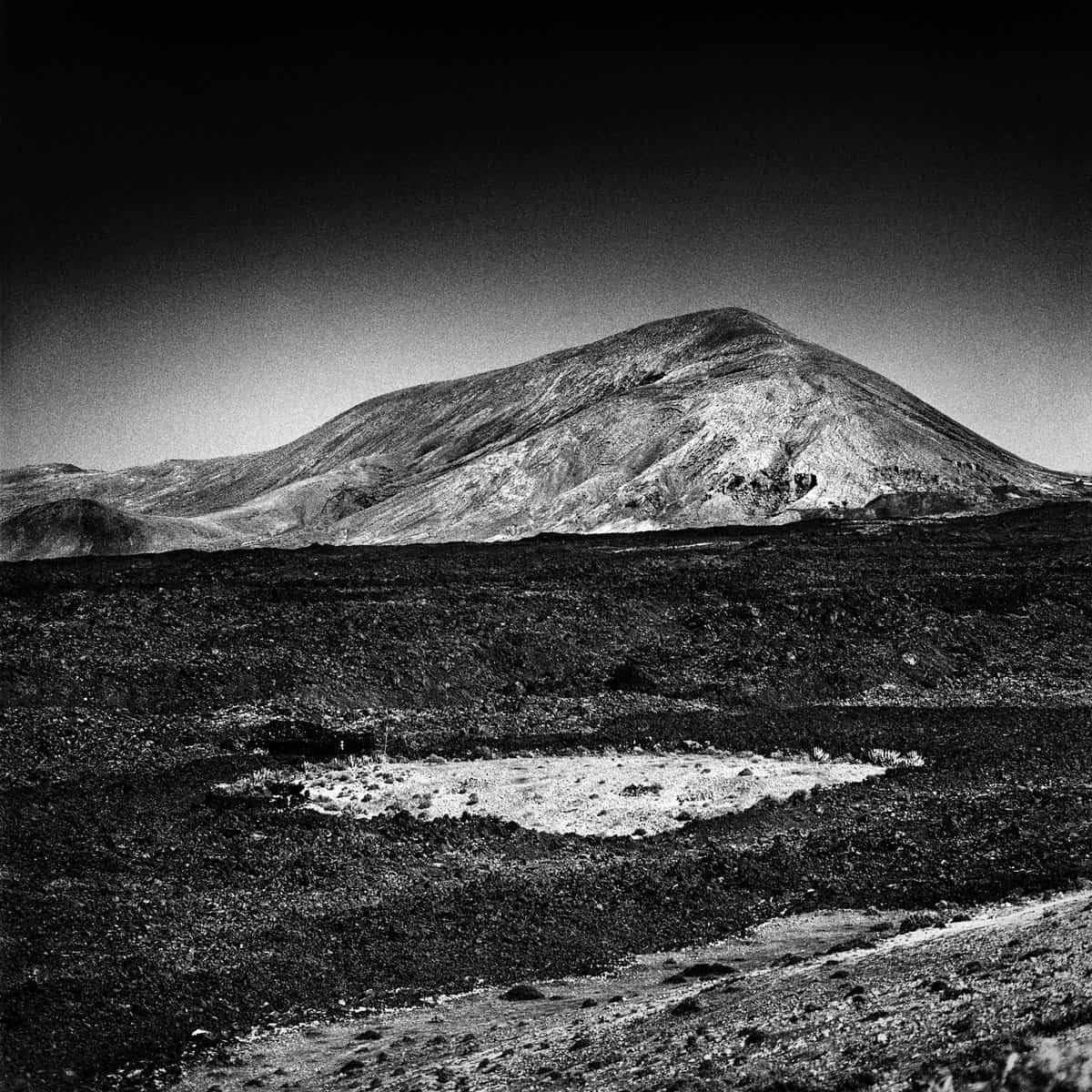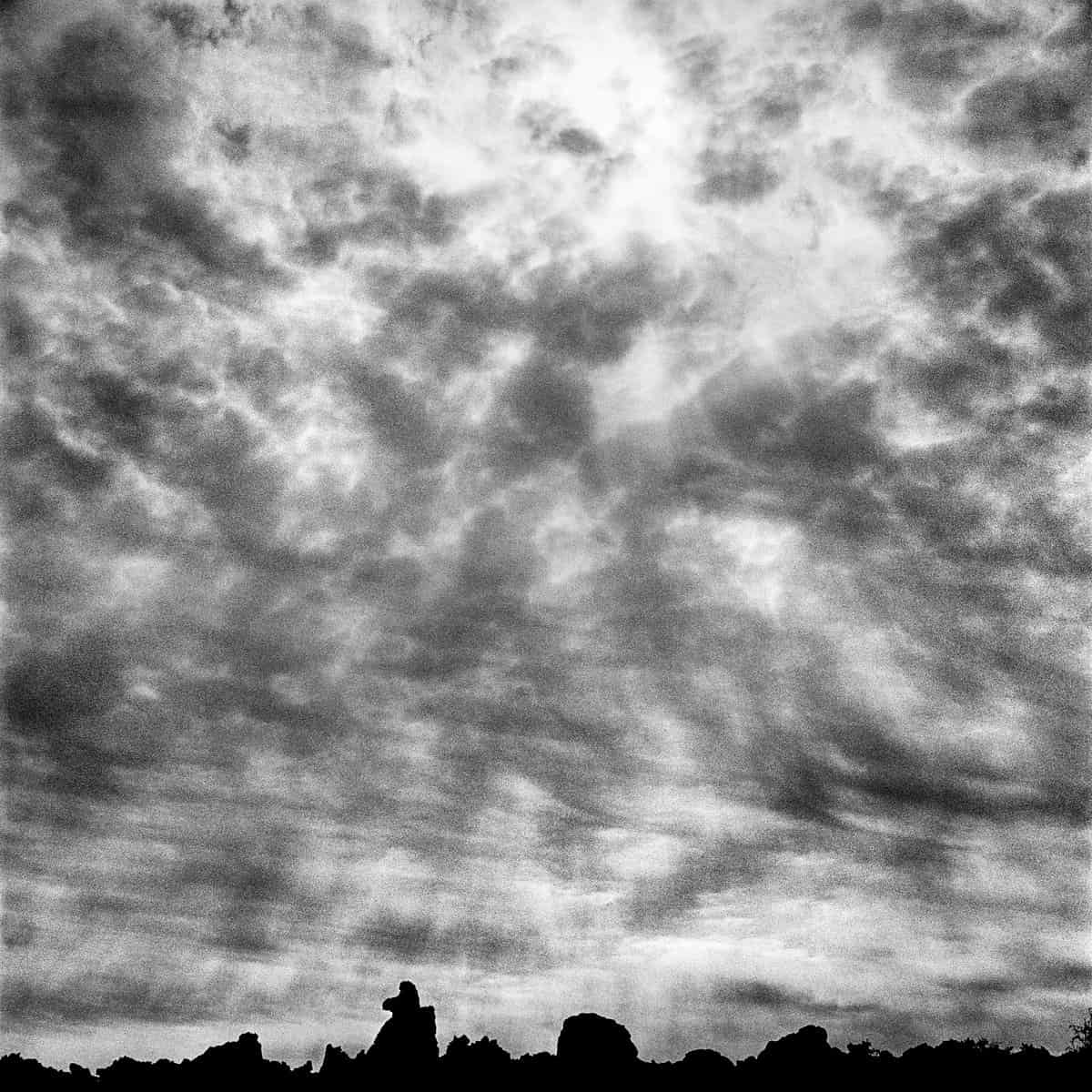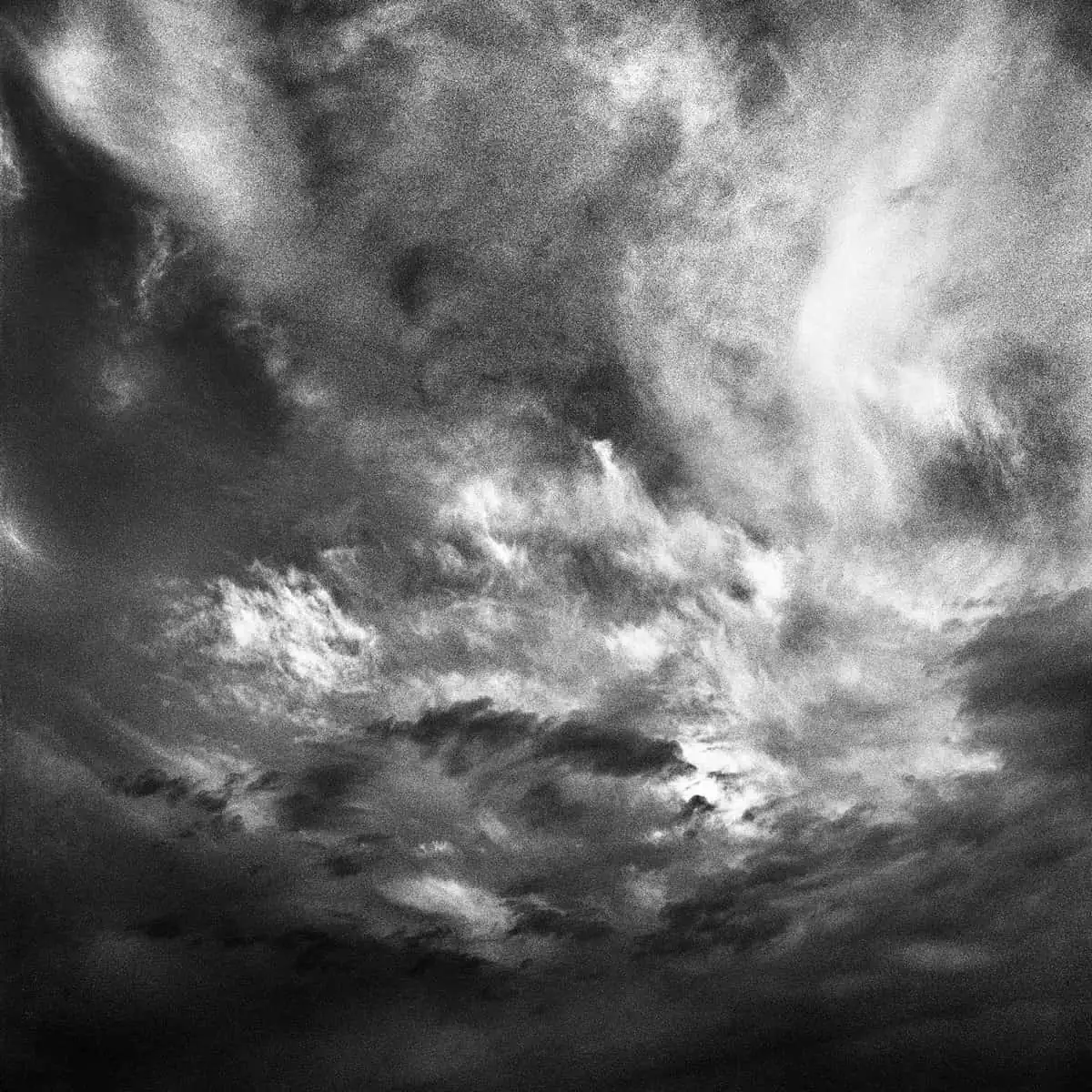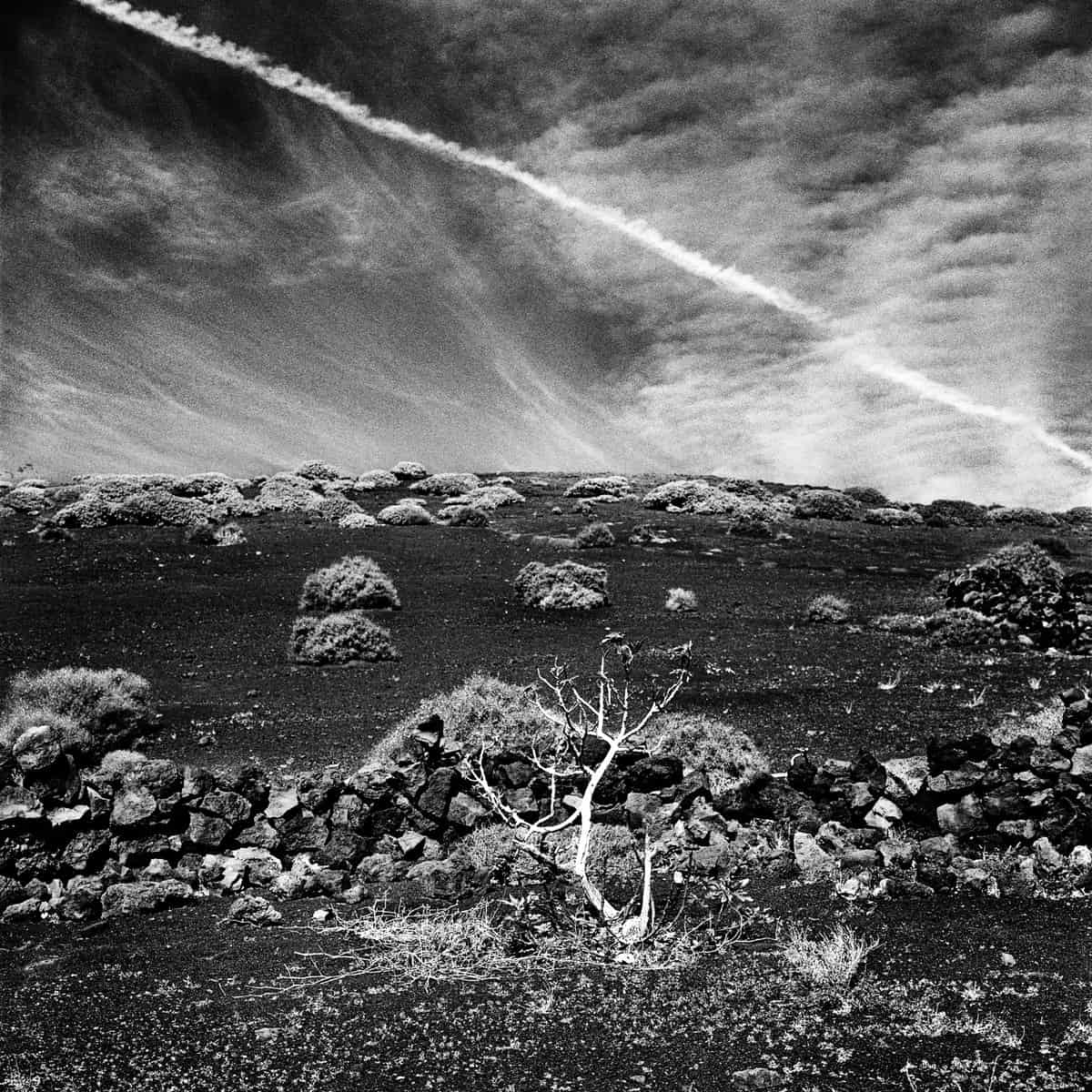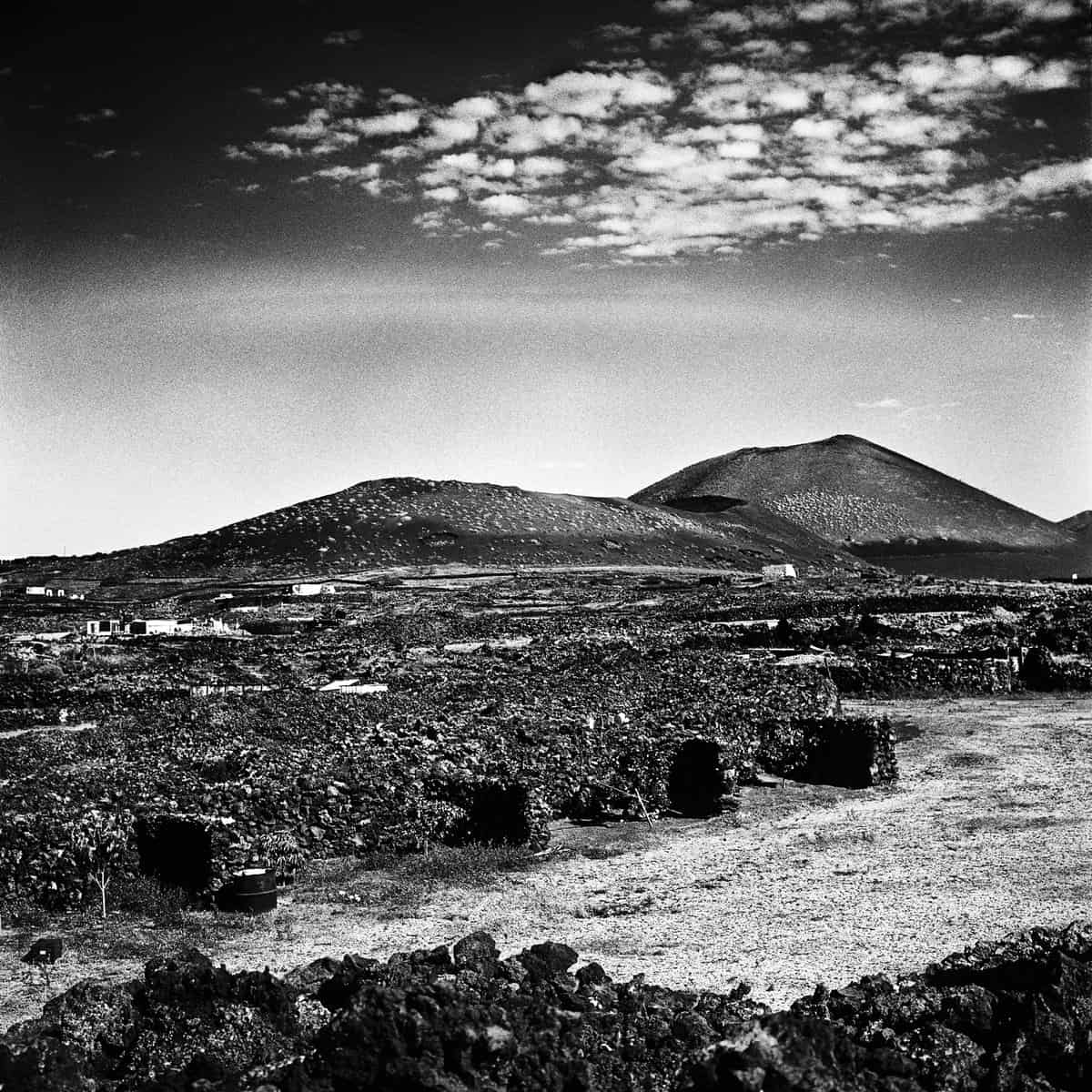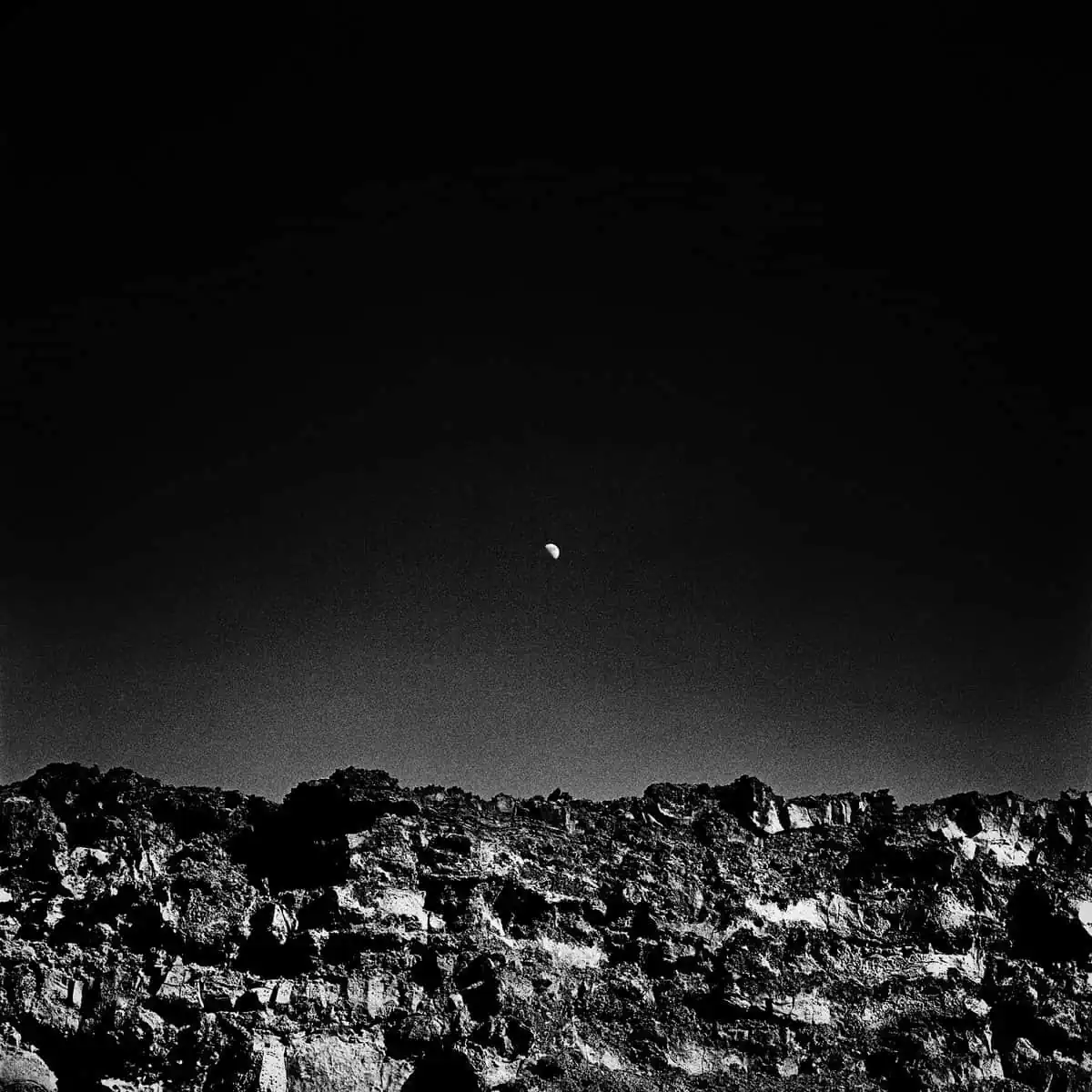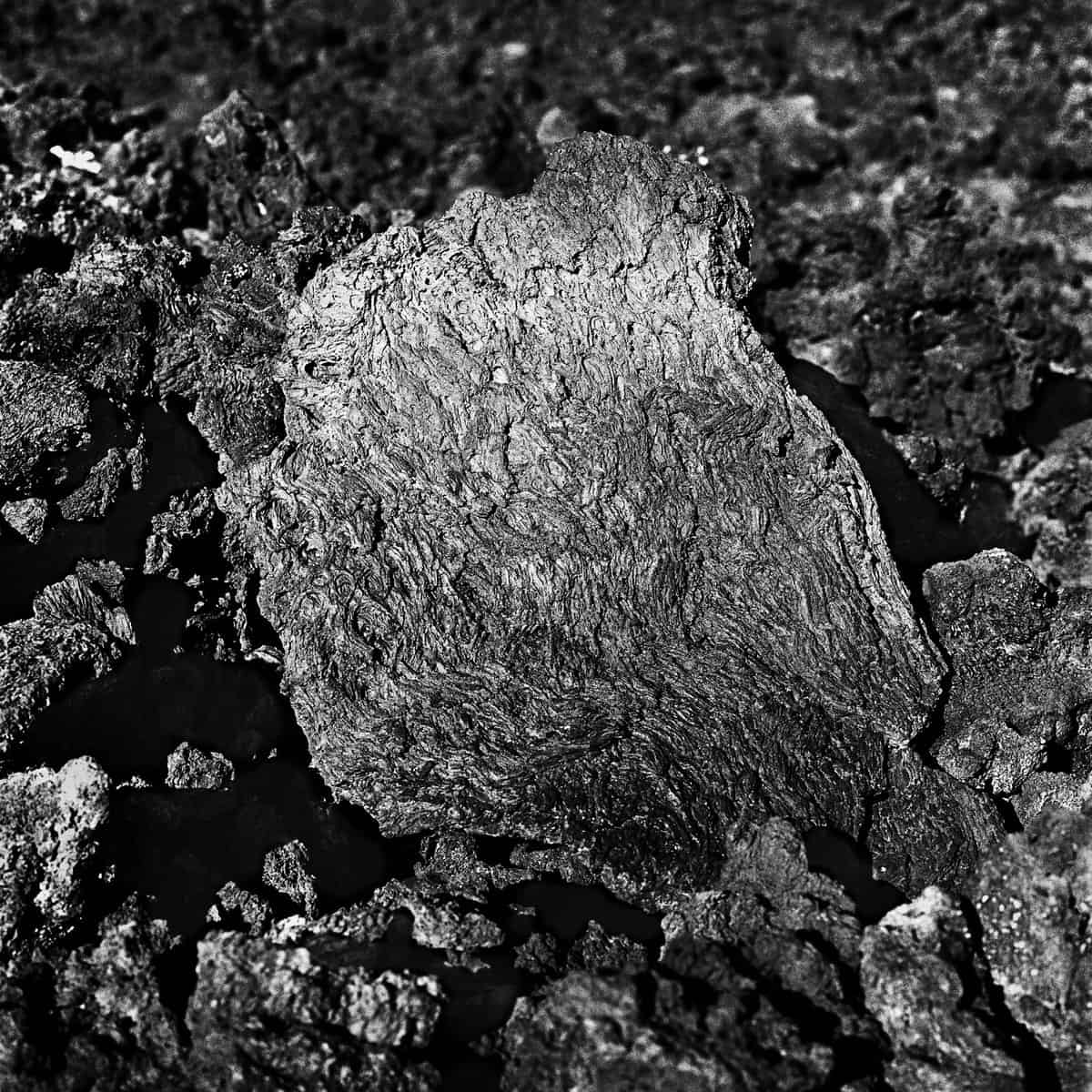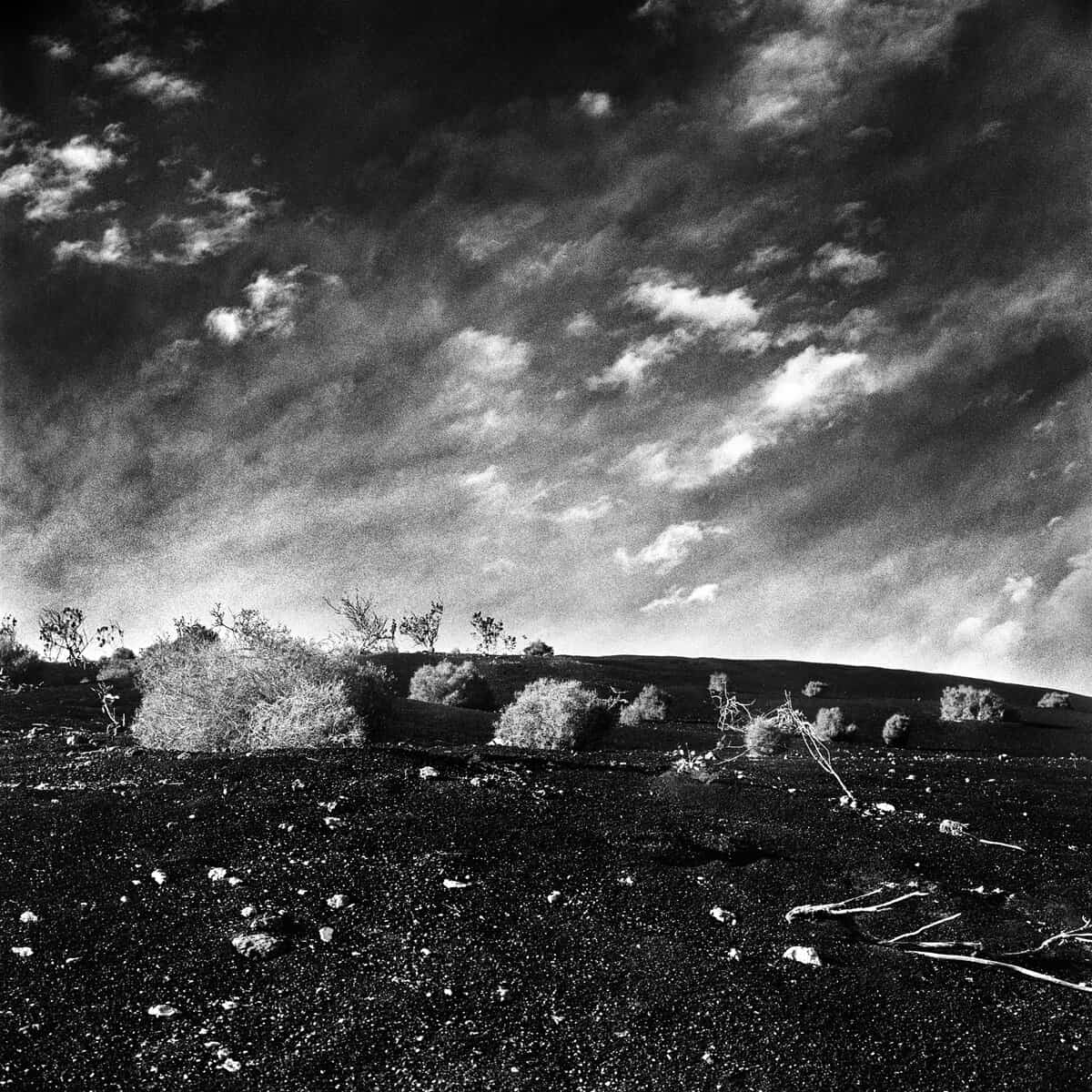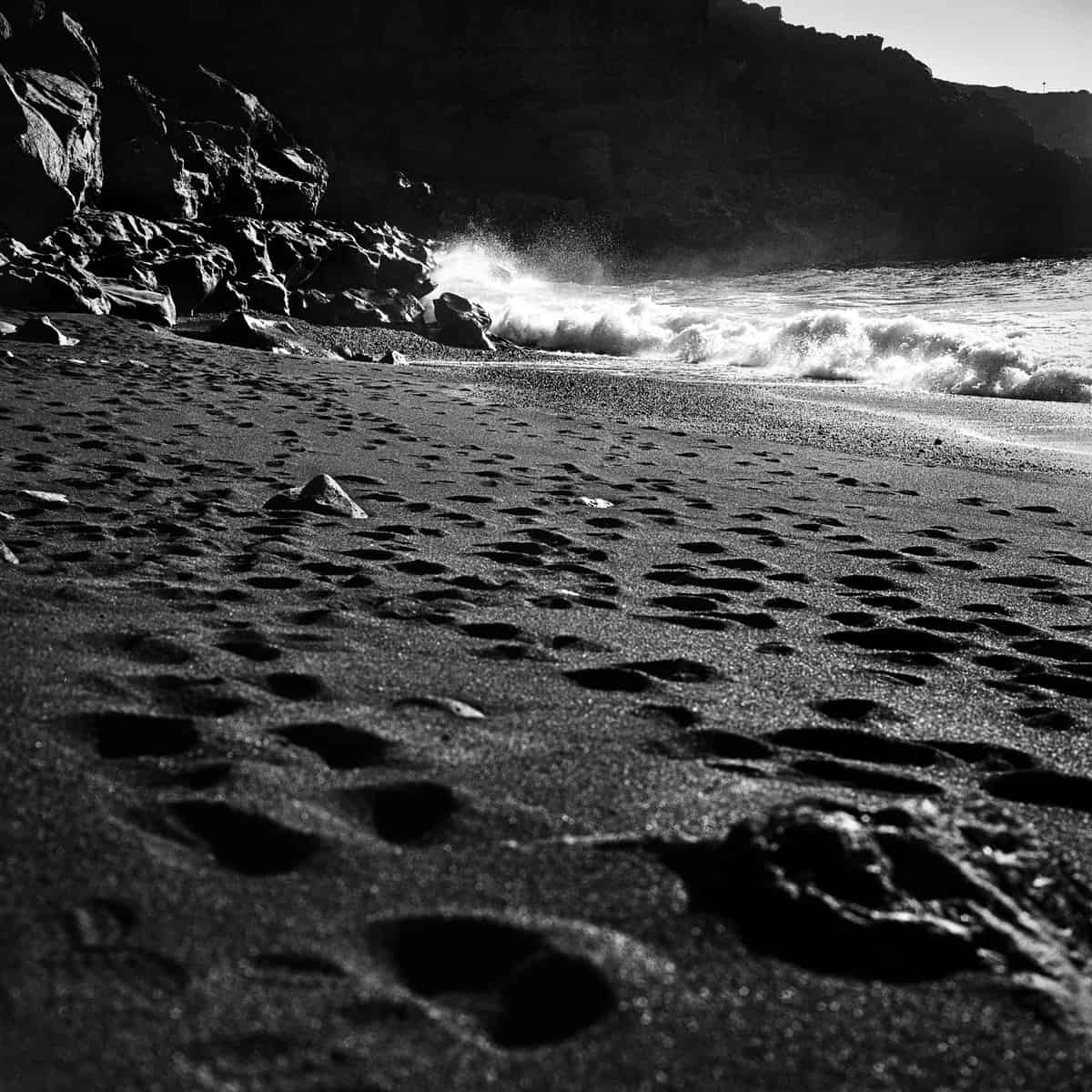When we were just starting what we do now, we visited Lanzarote, one of the Canary Islands. The Canaries are a Spanish territory consisting of seven larger islands plus many smaller ones in the Atlantic Ocean approximately 100km off the coast of Morocco in North Africa. The main islands are all easily accessible with direct flights from all over Europe. The islands are a popular tourist destination, and amongst most Europeans, Lanzarote (along with the rest of the Canaries) is perhaps best known for beach and resort holidays, and as such, most of the tourist hot spots are around the coast. This wasn’t our plan though and we’ve always loved the challenge of finding amazing hiking spots that often go ignored in seemingly beach holiday locations.
A Unique Landscape
The Canaries are volcanic islands, but Lanzarote is unique in that the vulcanism that formed much of its landscape is very recent. Between 1730 and 1736, the western quarter of the island was remade by a series of volcanic eruptions which resulted in the creation of 36 new volcanos and vast lava fields at the expense of much of the island’s most fertile farm land. Today, much of this area is enclosed in the the Timanfaya National Park and the volcanos are collectively referred to as the ‘Monatañas del Fuego’ – the ‘Mountains of Fire’. There are some phenomenal first hand accounts of the eruptions you can read from Don Andrés Lorenzo Curbelo, a priest from the town of Yaiza which sits on the eastern edge of what is now Timanfaya. Curbelo speaks of volcanos forming from nothing and vanishing again the space of days – aside from the horrific human drama that must surely have accompanied this, it must have been at once a fantastic and terrible sight to behold, and I can’t help but think that for a religious man like Curbelo without a modern scientific understanding of geological processes, it was likely tinged with deeper biblical significances too.
290 years is a blink of an eye in geological terms, so the volcanic landscape of western Lanzarote is brand new. This means that life has not yet established any substantial foot hold in the environment. Aside from some few hardy pioneer plants, very little grows there apart from lichens which are already starting the gradual process of breaking down the volcanic rock to form soil. The area is conspicuously devoid of animal life – listen and you won’t hear bird song. The landscape is alien and strangely lonely. You could very easily believe yourself on another world or the last living thing left on Earth.
Photographic Challenges
Surely it will be easy to make some phenomenal images here? The reality, however, was not quite this straight forward and the landscape would present some unique challenges. The landscape is undeniably spectacular, but I found it difficult to translate what I was experiencing into strong compositions. On our first day travelling around the island, much of the lava flow that we saw presented as flat vistas with distant mountains. The lava itself was very deep purple in colour – almost black – and it’s jagged and pock-marked surface presented large areas of impenetrably dark shadow. On top of this, the sky was a completely featureless flat blue without a cloud in sight (though this did change towards the end). Sure, I could point my camera pretty much anywhere and get an alright shot, even a good shot, but in the first instance I found it very difficult to get anything that I thought would be truly special. Initially, I felt quite dejected – I remember saying how difficult I thought it would be to get anything interesting from the trip.
Equipment
I was shooting almost exclusively in black and white with Medium Format film equipment at the time. I’d brought my Rollei 6008 camera with me, which produces square format images. I had only brought one lens – a 90mm macro – along with a 2x teleconverter and some colour and ND grad filters to control contrast and exposure on the Ilford HP5 film I’d brought. This was very much a reduced kit, but it was a conscious decision to travel light as I knew this combination could deliver the results I wanted.
If you have any interest in photography whatsoever you will have heard or read words along the lines that your equipment doesn’t matter. I have to say that I disagree with this. I’m not for one instant saying that owning whatever lens or camera will make you a better photographer, but I do believe that the equipment you choose to use will inform the look of your work and the direction a project of shoot will take. I chose to photograph Lanzarote in black and white with a square format film camera using standard and moderately long lenses. The images I returned with are the product of this decision and, had I brought my digital camera and wide angle zoom, or even my large format camera then I would have come back with totally different bodies of work. It all sounds obvious enough, but I believe that many photographers do not place enough importance on this initial decision on what equipment they will use for a given project. If you only have one camera system, then your decision is made for you, but if you are fortunate enough to have access to a range of equipment, then I would urge you to place some importance on this step.
I believe the choice of equipment is an important pre-visualisation decision. Even though I didn’t know what exactly I’d be photographing in Lanzarote, I knew the kind of images – the ‘look and feel’ – my chosen camera, film and lens combination would deliver, and I chose this combination knowing that I could leverage this look and feel to create something unique.
If you have access to one system – or even just one camera and lens – you can still tap into this pre-planning mindset. It’s well worth taking the time to get to know the characteristics and limits of the gear you have. If you are a photographer with a DSLR and kit zoom lens – you will know that the zoom makes subjects appear larger or smaller in frame, but what about its abilities beyond this? It’s worth taking the time to test and study the qualities of your gear. Look at how the relationship of the foreground subject to the background changes as you zoom or change lenses. As you come to appreciate the characteristics of your gear, you can start to apply some of these to your image planning. Even if you only have the camera on your phone, knowing it’s characteristics will help you make better images, and that said can still give you some truly amazing images if you know how to work within its limits.
Back to the Lava Flows
The solution to my creative problem came on our second full day on the island – this was when we did our first proper hike into the landscape, in this instance just outside the Timanfaya National Park in the wine growing area of La Geria. This is a fascinating landscape in its own right. It is not a national park and thus is open to agriculture. The volcanic soil here is fertile for sure, but the area is scoured by harsh winds, so the vines are protected, either by being planted in craters dug in the black earth or by being encircled by dry stone walls which act as wind breaks. As we began our hike and the landscape started to undulate around us, the landscape presented patterns and shapes. And there was my solution: abstraction. For the rest of the trip, I would keep my eyes open for detail: swirling patterns in rocks; graphic forms where different planes of the landscape intersect; simple, block like compositions where if I squinted, I could almost see Mark Rothko paintings. It became almost a game for me, spotting shapes and forms in the wider landscape.
Ansel Adams introduced the world to the concept of visualisation in his book ‘The Negative’ (a book I would strongly recommend any photographer to read – even one who has no interest in film at all). You can buy it here:
I doubt he was the first to use it, but he was certainly the first to write about it succinctly. This process, by which you think – and by extension expose – with the final image in mind is critical to my own photographic practice, and Lanzarote became a playground where it ran free. The landscape is very mono-toned so, concerned that I didn’t want my images to tend towards one shade of grey, I made more extensive use of my filters than I had before to exaggerate the relationships between what colours there were in the scenes. Orange and red filters along with ND grads ensured that the flat blue sky rendered very dark in my final images. I used green and yellow filters to lighten what foliage and lichens there were. At points, I had a green filter covering the bottom (land) portion of my composition, and an orange and ND grad covering the sky.
I also though carefully about my exposure. Most of my subjects were largely black, or very dark in colour, so I knew straight away that my camera’s meter would over expose relative to the results I wanted. Borrowing from Ansel Adams again, I adopted a simplified version of his Zone System, choosing a key area of my scene, spot metering and then adjusting my exposure depending on how dark or light I wanted the area to render in my final images. These processes meant that my final negatives exhibited good contrast and had detail where I wanted it to be. Post production was then a matter of building on and emphasising what was already there rather than trying to change the whole mood of the scene, or trying to build detail and tonal separation from nothing.
I think I was fortunate to have my compositional revelation early on into the trip, and once I had seen the solution, the rest of the trip was a joy. Now, to be absolutely clear, I didn’t focus exclusively on abstracts. I still photographed plenty of conventional landscape and detail images too, but for me it’s the abstract images that bind together my work from Lanzarote. As we neared the end of the trip, clouds started to appear in the seamless blue sky and we even had one overcast day! This was exactly what I’d been waiting for and I seized on these opportunities to revisit some locations where I’d found the flat skies to be a problem.
For me, one of the best photographic moments came on our final day. We had driven to El Golfo – a small harbour town that offers great sunset views. We’d assumed the town would be very touristy, so we had plotted a hiking route that took us away from the town and up to a secluded beach. I’ve mentioned previously that the volcanic rock was a uniform dark purple, almost black. Suddenly, I noticed a slab of rock that was being hit by the light at a certain angle and it was shining! Up close, I could see that the sun was reflecting off countless microscopic crystals in the surface of the rock and, as the colours reflected shifted across the height of the rock revealing a rainbow! There was hidden colour all around me! But how to capture this on black and white film? The solution was to use my coloured filters to control the tones in the black and white negative. The final image is not the most spectacular from the trip, but for me it holds special significance.
What I learned
I came away from the trip confident that I had achieved what I wanted – this was confirmed when I developed and looked at the film. Lanzarote was certainly a challenge to photograph, but once I’d ‘clicked in’ it became a joy to make images there. I feel that the whole trip also served to forward my own practice, I was given a problem and I used my experience to identify it and to come up with a solution – both technically and aesthetically.
In terms of equipment, I’m still happy with my choice to shoot on black and white film. With regards to lenses, I have no regrets about not bringing a wide angle lens – I don’t think there was a single image I missed because of this and the trip really served to crystallise my belief that I prefer shooting landscapes with longer lenses. There were some images I missed because I didn’t have a long enough lens, so for future trips with my Rollei system I ensured that I was prepared for this. As time went on, the desire to shoot on longer and longer lenses and realising what I was really interested in was one of the key reasons I moved to shooting the bulk of my work on DSLRs.
Even after the most successful photo trip, I think a debrief is essential. It’s worth comparing the images you produced against your expectations. Sometimes, even a trip that you think has been a failure, can be a surprising success when you objectively look at what you learned, achieved and photographed on it. Your choice of equipment, your vision, technical skills, editing and post production are all critical parts of the process and sometimes the best way to grow these is to find yourself having to fight a little. Speaking personally, the trip to Lanzarote pushed my boundaries creatively and I certainly had a bit of a fight on my hands. However, the effort and the leaps required to overcome this meant that the images I returned with are still amongst my favourites.

